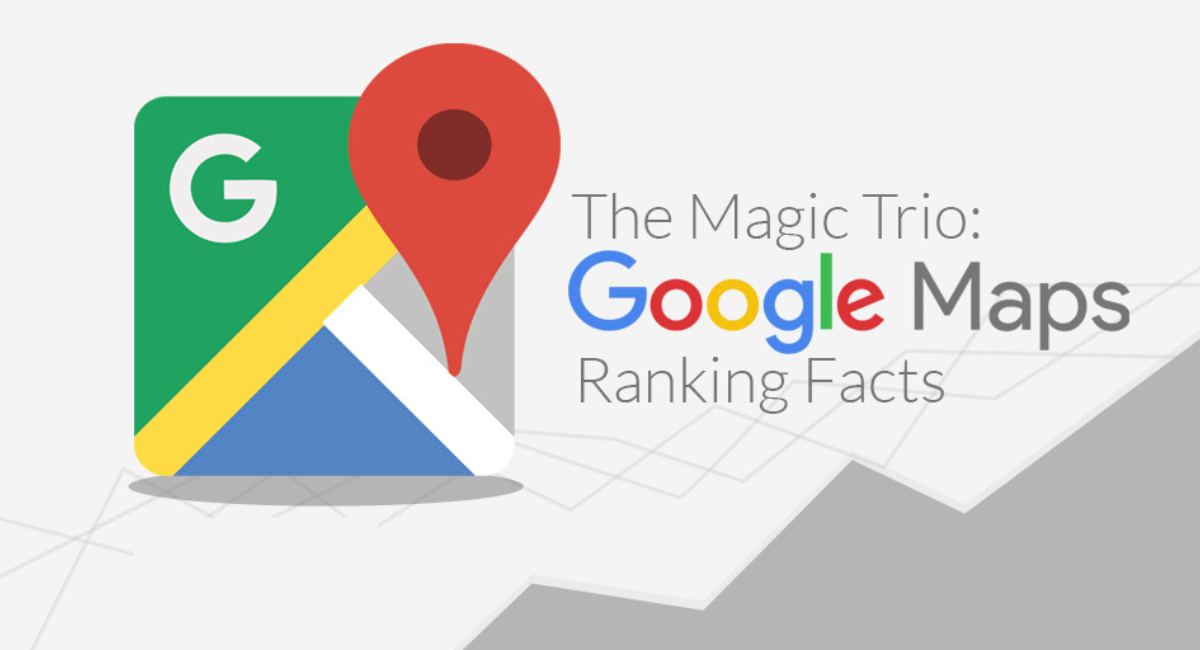Google Maps Ranking Factors Regarding Marketing: A Complete Guide

Strong 8k brings an ultra-HD IPTV experience to your living room and your pocket.
If you run a local business, ranking high on Google Maps is a game-changer. More than 70% of consumers use Google Maps to find businesses nearby, and the Google Local Pack (the top three map listings) receives nearly 44% of all local search clicks.
But ranking high on Google Maps isn’t just about having a location—it’s about optimization, credibility, and engagement. In this guide, we’ll break down the key Google Maps ranking factors and provide actionable strategies to help you dominate local search results.
How Google Maps Ranking Works
Google uses three main factors to determine local search rankings:
Relevance – How well your business matches the search query.
Distance – How close your business is to the searcher.
Prominence – How well-known and reputable your business is online.
To improve your Google Maps ranking, you need to optimize each of these factors strategically. Let’s dive into the most effective ways to do that.
Key Google Maps Ranking Factors for Marketing Success
1. Optimize Your Google Business Profile (GBP)
Your Google Business Profile (GBP) is the foundation of your Maps ranking. A complete and well-optimized profile improves your chances of appearing in local search results. Here’s what you need to do:
✔ Complete All Business Information (NAP: Name, Address, Phone Number, Website) ✔ Choose the Right Categories – Be specific about what your business does. ✔ Add High-Quality Images & Videos – Businesses with photos get 42% more direction requests. ✔ Keep Business Hours Updated – Ensure accuracy to boost trust and engagement. ✔ Use Google Posts – Share updates, promotions, and news to stay active. ✔ Enable Messaging – Make it easy for potential customers to reach you directly.
2. Use Local Keywords & On-Page SEO
Your Google Maps listing is influenced by the content on your website. Optimizing your website for local keywords helps boost relevance in search results.
How to optimize for local SEO:
✔ Include Location-Specific Keywords – Example: "Best Italian restaurant in Miami." ✔ Use Keywords in Your GBP Description & Posts ✔ Optimize Meta Titles & Descriptions for Local Search ✔ Embed Google Maps on Your Contact Page ✔ Use Schema Markup for Local SEO (Structured Data Markup)
3. Get More Customer Reviews & Ratings
Google values user-generated content, and customer reviews are one of the strongest ranking signals. More positive reviews = higher rankings.
How to get more reviews:
✔ Ask Satisfied Customers for Reviews – In-person or via email/text. ✔ Respond to All Reviews – Show engagement, even for negative feedback. ✔ Use Keywords in Review Responses – Helps with relevance. ✔ Encourage Reviews on Multiple Platforms (Google, Yelp, Facebook, BBB). ✔ Avoid Fake Reviews – Google penalizes businesses for fake or incentivized reviews.
4. Ensure Local Citations & NAP Consistency
Citations are mentions of your business name, address, and phone number (NAP) across different online directories. Google verifies this information across the web to determine your legitimacy.
✔ List Your Business on Trusted Directories (Yelp, BBB, Bing, Apple Maps, Facebook). ✔ Ensure NAP Consistency – All listings should match your GBP exactly. ✔ Use a Citation Management Tool – Moz Local, Whitespark, or BrightLocal. ✔ Fix Incorrect Citations – Outdated info can harm your ranking.
5. Build Local Backlinks for Authority
Backlinks from local and high-authority websites signal credibility to Google.
How to earn quality backlinks:
✔ Partner with Local Bloggers & Influencers ✔ Get Featured in Local News Articles ✔ Join Local Business Associations & Chambers of Commerce ✔ Sponsor Local Events or Charities ✔ Publish Guest Posts on Local Websites
6. Boost Engagement & Click-Through Rates (CTR)
Google tracks how users interact with your GBP listing. Higher clicks, calls, and direction requests indicate relevance and improve rankings.
✔ Regularly Update Your Google Posts – Share promotions, updates, and blogs. ✔ Answer Customer Questions in the Q&A Section ✔ Encourage Clicks by Writing a Compelling Business Description ✔ Monitor User Interactions & Optimize Based on Trends
7. Improve Mobile Optimization & Website Performance
Since 76% of local searches happen on mobile, Google prioritizes businesses with mobile-friendly websites.
✔ Ensure Your Website is Mobile-Friendly ✔ Improve Page Speed for Faster Load Times ✔ Use Click-to-Call Buttons ✔ Optimize for Voice Search (“near me” queries)
Common Mistakes That Hurt Google Maps Rankings
Even small mistakes can lower your rankings. Here’s what to avoid:
❌ Incomplete or Incorrect Google Business Profile Information ❌ Ignoring Reviews or Not Responding to Negative Feedback ❌ Keyword Stuffing in GBP or Website Content ❌ Neglecting Mobile Optimization ❌ Using Spammy Backlinks or Fake Listings
Advanced Strategies for Dominating Google Maps Rankings
Want to take your rankings to the next level? Try these advanced tactics:
✔ Leverage Google Local Service Ads (LSAs) – Paid ads that boost visibility. ✔ Use Geotagged Images – Improve location relevance. ✔ Create Local Content on Your Blog – “Top 10 Coffee Shops in [City]” type content. ✔ Encourage Check-Ins on Social Media – Increases engagement. ✔ Host Local Events & Webinars – More press, more backlinks.
Best Tools & Resources for Google Maps Optimization
To streamline your efforts, use these helpful tools:
📌 Google Business Profile Manager – To update and optimize your listing. 📌 Google Analytics & Search Console – To track traffic and performance. 📌 Moz Local, Whitespark, BrightLocal – For citation tracking. 📌 Ahrefs, SEMrush – For backlink analysis. 📌 Google PageSpeed Insights – To optimize website speed.
Conclusion & Next Steps
Ranking high on Google Maps isn’t just about proximity—it’s about relevance, authority, and engagement. By following the steps in this guide, you can increase your visibility, attract more customers, and grow your business.
🔹 Actionable Checklist: ✅ Fully optimize your Google Business Profile ✅ Use local keywords in your website and GBP ✅ Encourage customer reviews and respond to them ✅ Maintain NAP consistency across online directories ✅ Build local backlinks for credibility ✅ Increase engagement through posts and Q&A ✅ Improve mobile optimization and page speed
Note: IndiBlogHub features both user-submitted and editorial content. We do not verify third-party contributions. Read our Disclaimer and Privacy Policyfor details.







